Flavor characteristics of Ethiopian Rosa Coffee Bean introduction to the Source Grade of Chaka Coffee varieties in Rosa Village
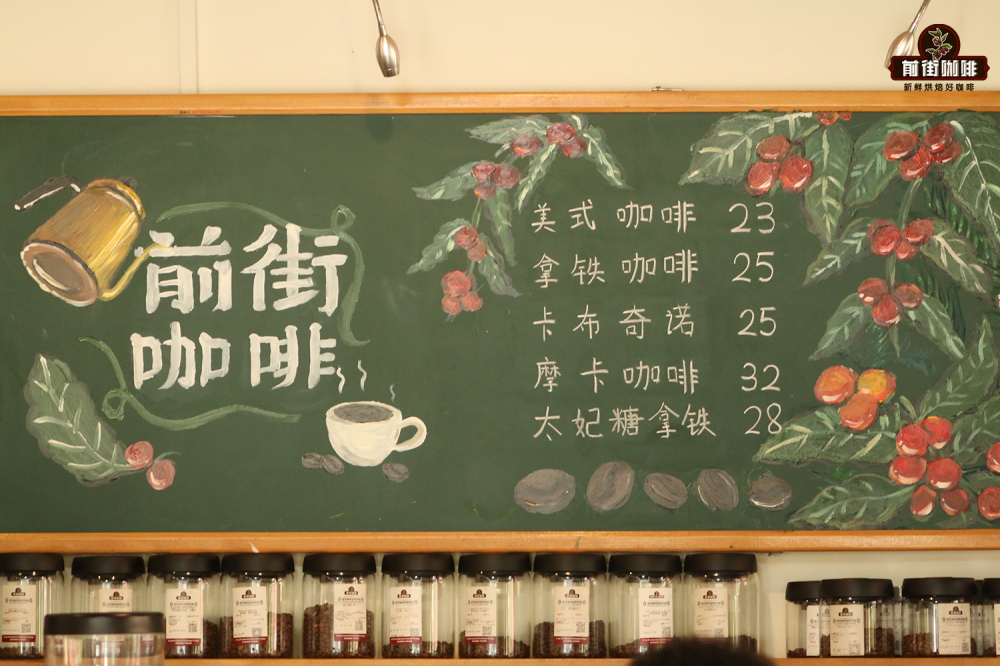
When it comes to Ethiopia, coffee fans all know that it is the birthplace of coffee, but when it comes to rose summer coffee, the first reaction of coffee fans must be the Panamanian emerald estate. But in fact, the origin of rose summer coffee grown in Panama can be traced back to Mount Rose in Ethiopia, and even in Ethiopia there are estates that specialize in producing rose summer coffee. Then the next article in front of the street will take you coffee fans to learn about Ethiopian Rose Summer Coffee.
The Origin of the Manor in Guoxia Village
According to Qianjie Coffee, the estate was set up and managed by documentary director Adam Overton and photographer's wife Rachel Samuel. The estate was built because they discovered the Gera Coffee Forest in the Banchimaji area during a 2007 coffee documentary for the Ethiopian government about Ethiopia. In the process, they came up with the idea of creating their own coffee estates and brands.
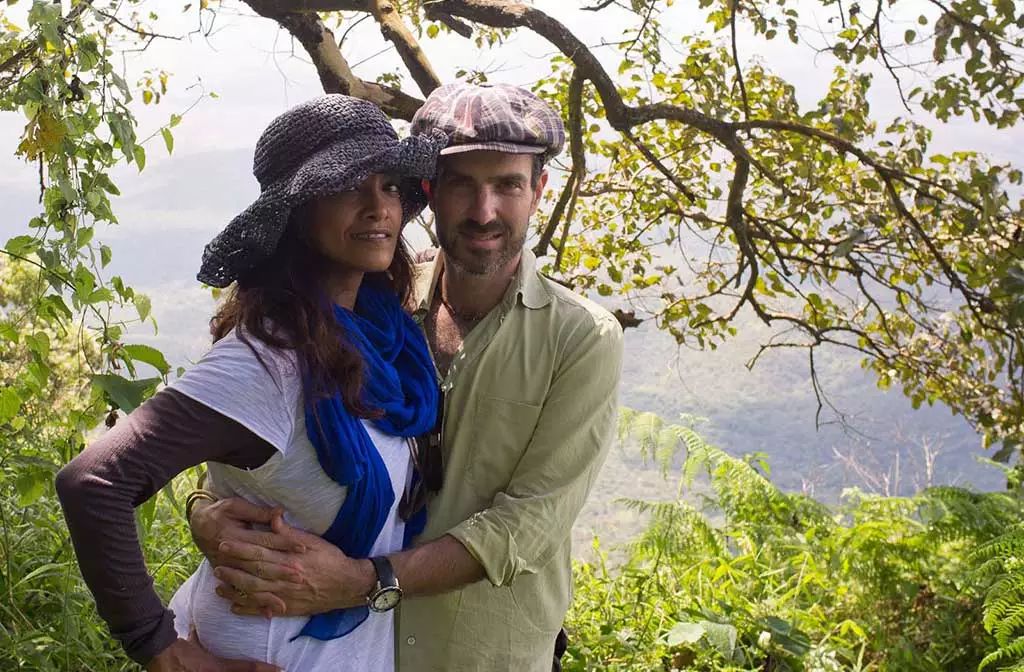
Against this backdrop, they had the privilege of meeting the famous mule landowner and BOP judge Willem Boot in 2009, and Willem Boot's idea provided an opportunity for the Overton to return to Ethiopia to find Rosa's birthplace. It was precisely because of such a coincidence that they came to Banchi Maji, known as the village of Gesha, which is also the area most likely to find the pristine rosy summer.
Then Adam followed WillemBoot on an "adventure" in the surrounding forest, and then found a variety of wild coffee trees in a jungle magically wrapped in a dense forest, and what surprised them most was to find wild Rosa.
Later they learned that this was the place where the rose species were first found in the Gori Gesha forest. So they collected seeds from native rose trees, screened them, and planted them in Rosa Village. And finally decided to build the manor here, named Rose Xia Village Manor.
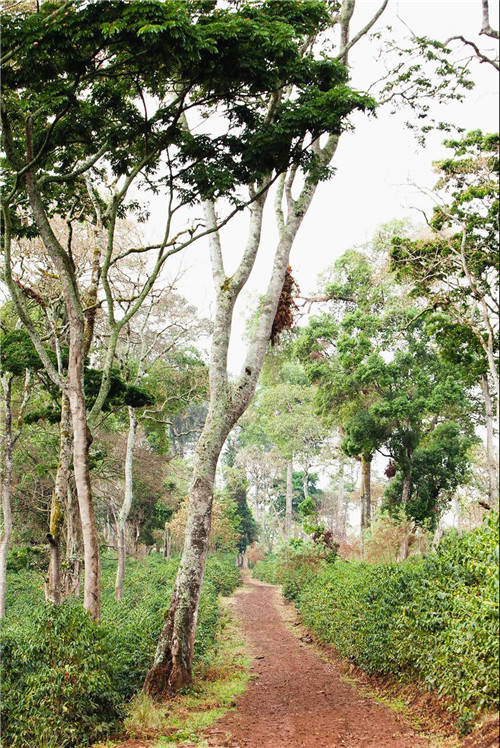
At the same time, unlike most coffee farms in Ethiopia, this estate is not a small-scale farm, but a large farm with nearly 500 hectares of land and well-equipped manors. and the whole estate only grows rose summer coffee.
Grading system of Rose Summer Coffee in Ruoxia Village
And according to Qianjie Coffee, Willem Boot also brought the Panamanian business model to the Rosa Village Manor, creating the current grading system of Rose Summer Coffee in the manor. That is, the bidding of Rosa Village on the menu of Qianjie Coffee Shop, gold bid, red mark, green mark, Chaka Rosa coffee beans. However, these grading standards are very different from those of Panamanian Jade Manor. Next, Qianjie Coffee will briefly explain these grading standards of Rose Summer Coffee beans in Rose Village Manor.
Bidding batches: accounting for only 3.7% of the annual output of Rose Xia Village, the top batch of the carefully selected manor can only be obtained through the global bidding of 2018 Rose Xia Village Coffee Manor. The cup test score of the 2018 bidding batch is 88.15-92.67 points, which is divided into champion selection (Champion's Reserve) and manor selection (Farm Reserve). For example, Gesha Village 2018 Auction Lot RSV.6 belongs to the bidding batch.
Gold bid batch: the gold bid accounts for only 5% of the annual output of Ruoxia Village, which can almost be said to be of the same level as the bidding batch. The batches that contestants from all over the world usually choose, such as the WBC World Championship held in the Netherlands in 2018, the Australian and Japanese champions select gold bid batches to compete. Bakers with high quality requirements will also purchase, with complete traceability, each batch has outstanding flavor and high complexity, which is the best grade of the manor second only to competitive bidding. The gold mark of Rose Xia Village on Qianjie Street comes from Omar 059 batch.
Red label batch: a batch with complete traceability, with a typical flavor of Rosa Village, the flavor intensity and complexity are slightly weaker than the Gold Standard batch, and it is a single product batch with high performance-to-price ratio.
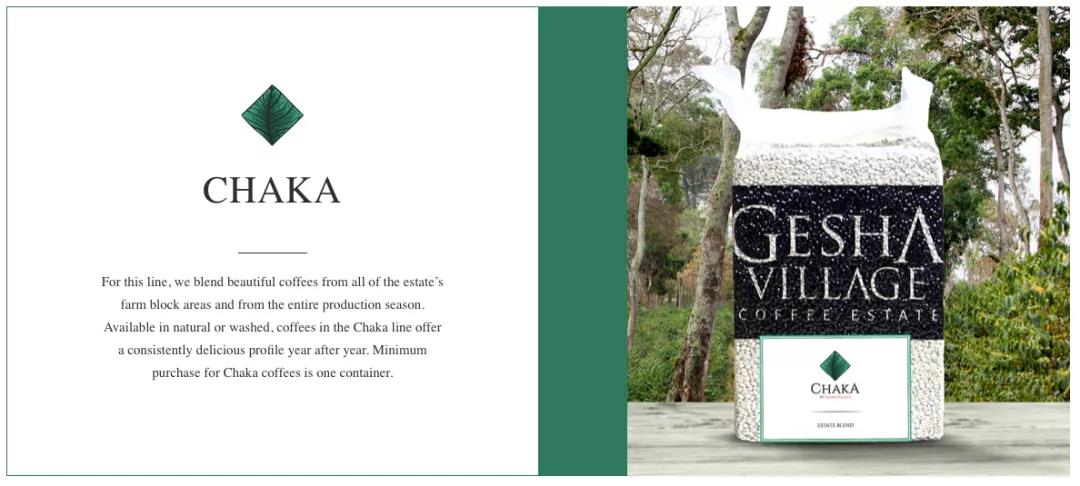
Green label batch: officially known as SINGLE-TERROIR (single Land / Land), this coffee bean comes from a single farm in the village of Rosa. Complete traceability information for each batch in the Single-Terroir series can be found, including farm name, coffee variety and processing date.
Chaka batch: this is a mixture of Rosa coffee beans from Rosa Village, which includes three varieties, namely, Gori Gesha, Gesha 1931 (Gesha 1931) and Illubabor (Esse native disease resistant variety).
Coffee varieties in Guoxia Village
Qianjie Coffee also mentioned above that there are three varieties of Rosa coffee in Rosa Village, namely Gesha1931 and Gori Gesha and Illubabor provided by the Ethiopian Coffee Research Center. Gesha1931 and Gori Gesha are both named after the expedition when the coffee tree was found.
Gesha1931 is the mother of the recent Panamanian summer by observing the shape of the plant, the shape and size of the beans, and its cup test. On the other hand, the native variety of Gori Gesha was collected by the owners of Rosa Village through his own expedition in 2011 from the Gori Rosa wild coffee forest, which is 20 kilometers from the current Rosa Village Manor, and no duplicate samples have been found anywhere else.
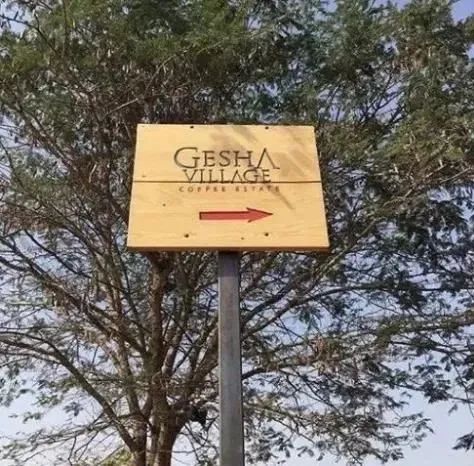
Next, Qianjie Coffee will briefly describe the characteristics of these three Rosa Coffee varieties in Rosa Village.
Gori Rosa (Gori Gesha): this variety replicates genetic diversity in the Gori Gesha coffee forest.
Ruixia 1931 (Gesha 1931): a combination of varieties from different forests, which is very similar to Panamanian Rosa. It is screened by observing its plant type, bean shape, mesh size and cup flavor.
Illubabor Forest 1974: discovered during an expedition from 1974 to the Illubabor Forest, a variety with antibodies was later developed by the Ethiopian Research Center.
The area and planting varieties of different plots in Ruoxia Village, and according to Qianjie, the landlord of Ruoxia Village has a very detailed number of plots, which is convenient for later management and flavor traceability. The following picture shows the area and planting varieties of different plots in Ruoxia Village.
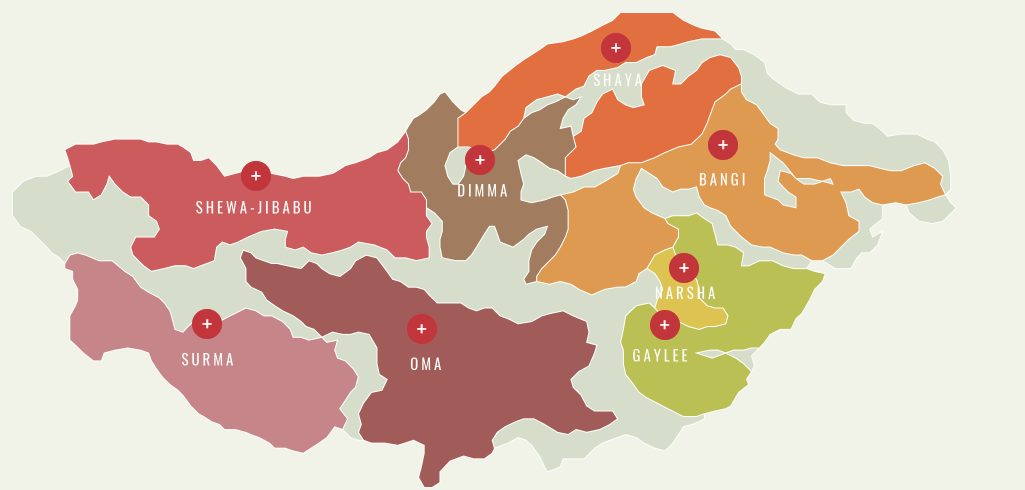
From this map, it can be concluded that the terrain in the west of the manor is relatively high, so the three plots OMA, SURMA and SHEWA-JIBABU are slightly higher above sea level, while the shading ratio in the south is relatively higher, and the sun exposure time in the north is longer. Among the eight plots, manor managers choose the most suitable variety for each plot according to the microclimate differences such as elevation, soil conditions and shading conditions, so as to ensure that each plot can form distinct characteristics. At present, there are gold standard rose summer coffee beans in rose summer village, red standard rose summer in rose summer village, and chaka rose summer coffee beans in rose summer village. Next, Qianjie will briefly share the short message of these coffee beans and share the data by hand. Qianjie Coffee Jinbiao Rose Summer Coffee producing area: Ethiopian Banchi Maggie producing area
Manor: Guoxia Village Manor Oma plot
Altitude: 1900-2040 m
Variety: Rosa 1931
Treatment method: sun treatment
Flavor: citrus, lemon, tropical fruit, cream, nuts, tea

Qianjie Coffee Red Standard Rose Summer Coffee beans at the Manor of Rosa Village, Ethiopia
Producing area: producing area of Banchi Magi, Ethiopia
Manor: Guoxia Village Manor
Altitude: 1909-2069 m
Variety: Gori Rosa
Treatment method: sun treatment
Flavor: coconut, licorice, cream, chocolate, toffee, citrus, almonds, strawberries
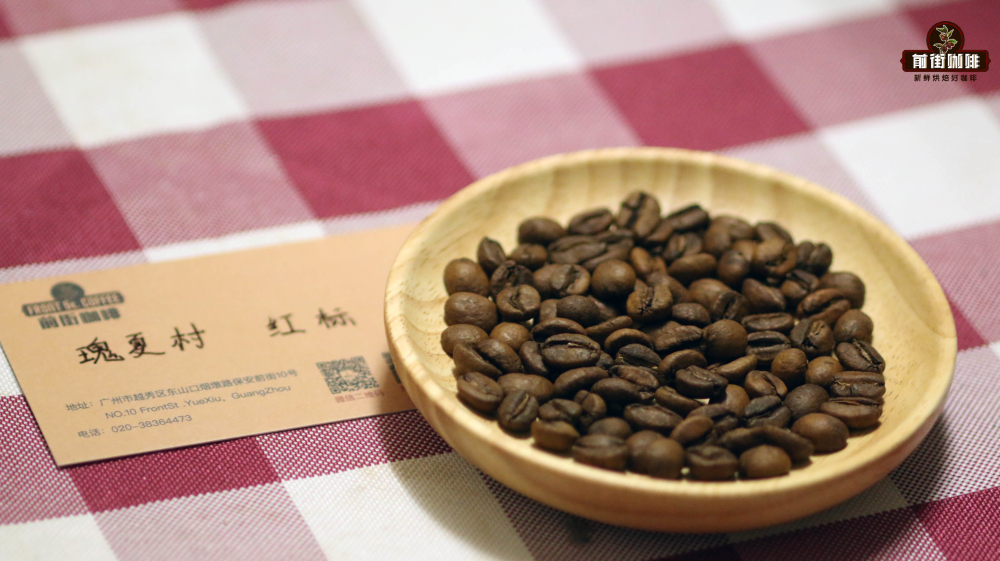
Qianjie Coffee chaka Rose Summer Coffee beans at the Manor of Rosa Village, Ethiopia
Producing area: producing area of Banchi Magi, Ethiopia
Manor: Guoxia Village Manor
Altitude: 1909-2069 m
Variety: Gori Rosa
Treatment method: sun treatment
Flavor: citrus, grapefruit, cream, chocolate caramel
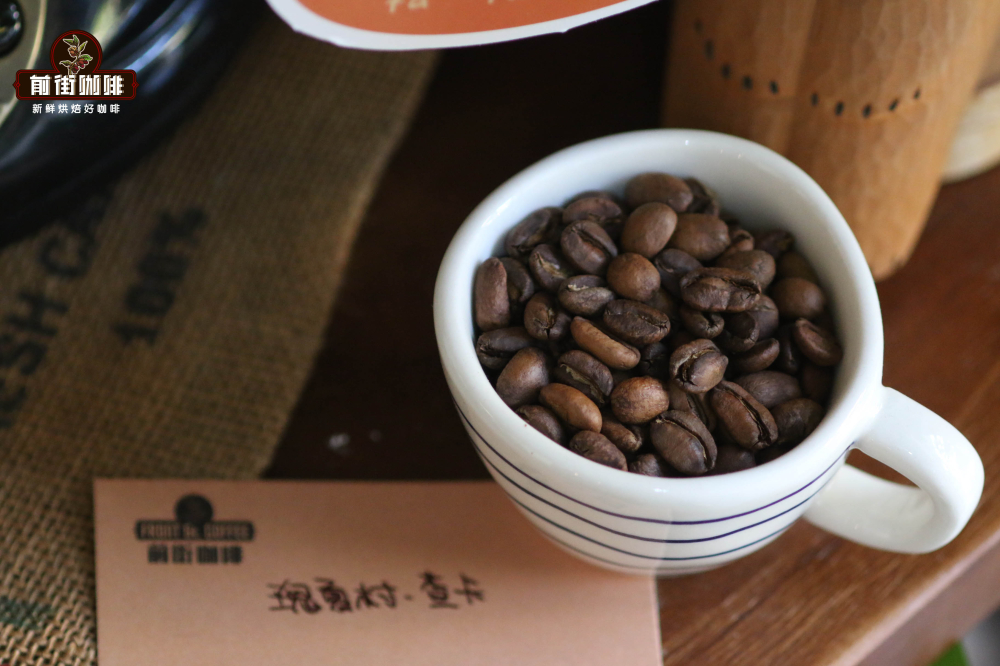
Treatment of Rosa Coffee Bean in Ruoxia Village
From the above, the rosy summer coffee beans of Qianjie Coffee are all sun-treated. Therefore, in the flavor performance, the aroma will be relatively strong, and there will be a sense of fermentation in the taste.
Process of solarization treatment
First remove the floating impurities, and then cover the sun with a thin layer of plastic sheeting on the African-style elevated scaffolding. when drying with a tanning bed, they will be screened again to select worm-eaten beans and coffee beans that are green in color. The total drying time is 18-30 days. Qianjie believes that the sun-treated coffee has obvious sweetness, soft acidity and the tonality of compound fruits in flavor.
Roasting Analysis of Qianjie Coffee
Qianjie Coffee is roasted and shared with red standard coffee beans from Rosa Village. As this batch is coffee from the new production season in 2022 with high moisture content, the dehydration time will be prolonged during this period. Determine the final baking degree as medium-shallow baking to highlight the sweetness of the fruit.
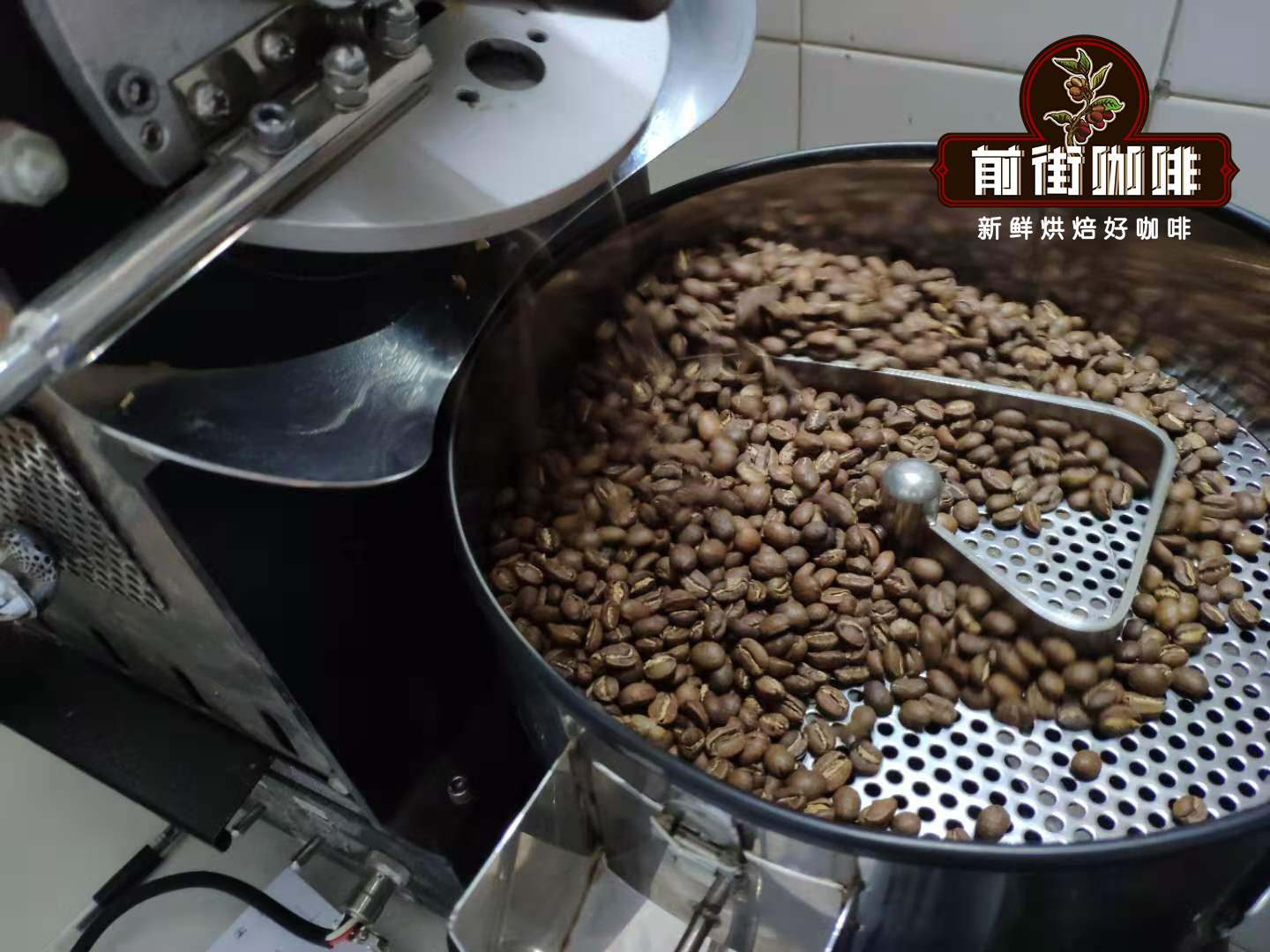
Yangjia 800N, soybeans 500g: furnace temperature 175℃, firepower 130g, throttle opening 3; tempering point 1temperature 92.8℃, open throttle to 4 in 3 minutes, firepower raised to 140in 3 minutes; when furnace temperature is 152.6 ℃, bean table turns yellow, grass smell disappears completely, entering dehydration stage, wind firepower drops to 100mm. The smell of toasted bread has obviously changed to the smell of coffee, which can be defined as a prelude to an explosion. At this time, it is necessary to listen carefully to the sound of the explosion point, when the sound of the explosion point begins to explode, the throttle opens to 5, and after the explosion, the development of the cake cake 39th incense 30193.5 ℃.
Qianjie Coffee hand rushed to share
If you want to taste the rich flavor of coffee, Qianjie recommends using freshly roasted coffee beans. Generally shallow roasted coffee beans are counted from the date of baking, and the flavor will be rich after 4-7 days. The flavor of freshly ground coffee is better than that of pre-ground coffee powder, because after the coffee beans are ground into powder, the aroma and flavor will evaporate in half an hour, and there will not be much aroma and flavor when drinking it again. Although there is a substitute grinding service in Qianjie, but if you have a bean grinder, you'd better buy whole beans.
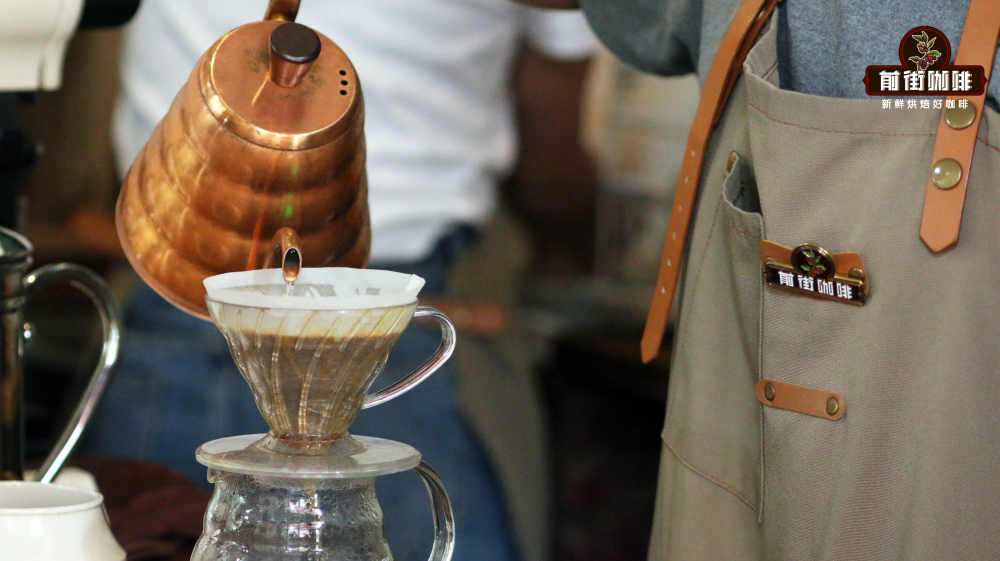
Cooking parameters:
Amount of powder: 15g
Powder / water ratio: 1:15
Degree of grinding: hand punching fine grinding (the pass rate of No. 20 standard screen is 78%)
Water temperature: 90 degrees Celsius
Brewing and cooking techniques:
First wet the filter paper and preheat the filter cup and the coffee pot. Steam with 30 grams of water for 30 seconds, small flow circle injection to 125 grams, continue to circle water injection to 225 grams when the water level is about to be exposed, remove the filter cup when the water level is about to expose the powder bed, (the time of steaming starts) the extraction time is 2 minutes.
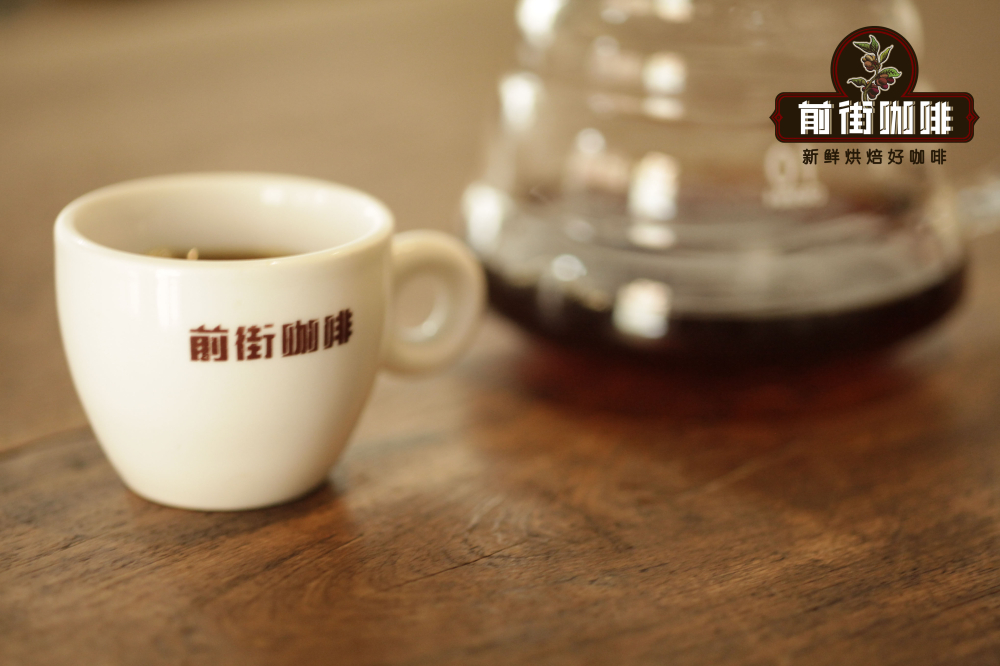
Cooking flavor: strong aroma of jasmine. Peach, apricot, candied fruit, melon, mandarin flavor, plus honey sweetness.
Professional coffee knowledge exchange more coffee bean information please follow the coffee workshop (Wechat official account cafe_style)
For more boutique coffee beans, please add private Qianjie coffee on Wechat. WeChat account: kaixinguoguo0925
Important Notice :
前街咖啡 FrontStreet Coffee has moved to new addredd:
FrontStreet Coffee Address: 315,Donghua East Road,GuangZhou
Tel:020 38364473
- Prev
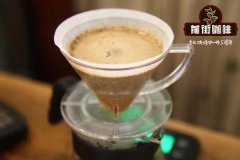
Coffee Flavor characteristics and planting area of Xinzhai Coffee Manor in Yunnan
Yunnan Xinzhai Coffee Manor Project is located in Lujiang Dam, Baoshan, Yunnan Province, which is recognized as the best small-grain coffee producing area in the world. Entrusted by the owners of the local coffee brand, a group of open buildings have been renovated and built on the wooded highland. Hope to provide visitors with architectural experience matched with high-quality small-grain coffee and pleasant dam environment. In the manor design, the new and old buildings are on the site.
- Next
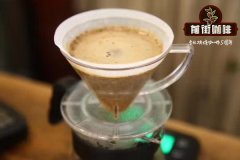
Ethiopian coffee producing area introduction The difference between red cherry coffee and Kocher coffee and
There are eight major coffee producing areas in Ethiopia: Lekempti, Limu, Illubabor, Djimmah, Harar, Teppi/Bebeka, Sidamo and Yirgacheffe. Yegashefi is a small town in Ethiopia with an altitude of 1700-2100 meters. It is one of the highest coffee producing areas in the world and synonymous with Ethiopian fine coffee. Lake Turkana, Argentina
Related
- Detailed explanation of Jadeite planting Land in Panamanian Jadeite Manor introduction to the grading system of Jadeite competitive bidding, Red bid, Green bid and Rose Summer
- Story of Coffee planting in Brenka region of Costa Rica Stonehenge Manor anaerobic heavy honey treatment of flavor mouth
- What's on the barrel of Blue Mountain Coffee beans?
- Can American coffee also pull flowers? How to use hot American style to pull out a good-looking pattern?
- Can you make a cold extract with coffee beans? What is the right proportion for cold-extracted coffee formula?
- Indonesian PWN Gold Mandrine Coffee Origin Features Flavor How to Chong? Mandolin coffee is American.
- A brief introduction to the flavor characteristics of Brazilian yellow bourbon coffee beans
- What is the effect of different water quality on the flavor of cold-extracted coffee? What kind of water is best for brewing coffee?
- Why do you think of Rose Summer whenever you mention Panamanian coffee?
- Introduction to the characteristics of authentic blue mountain coffee bean producing areas? What is the CIB Coffee Authority in Jamaica?

